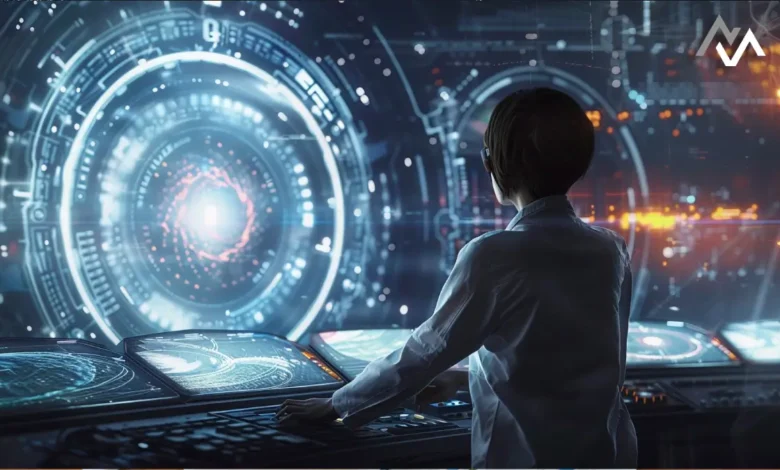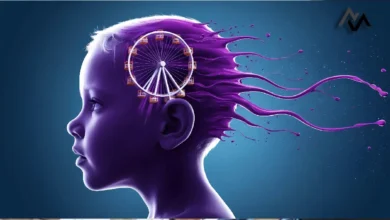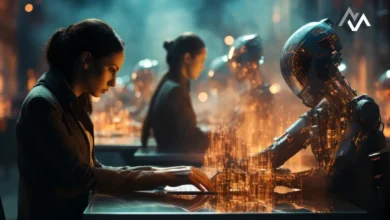The Journey of Deep Learning: How It Revolutionized AI

In the world of artificial intelligence, the phrase “deep learning worked” has become a hallmark of success. This simple yet profound statement encapsulates the breakthroughs that deep learning has unlocked in recent years. Sam Altman, CEO of OpenAI, credits deep learning as the algorithmic backbone that has allowed AI to leap forward, achieving remarkable precision in understanding data patterns. The fundamental idea is that deep learning improves as more data and computational power are applied, opening the door to solving some of the world’s toughest problems, from climate change to space exploration.
Deep learning, essentially a branch of machine learning, teaches computers to learn from massive datasets through neural networks. These networks mimic the human brain’s function, making it possible for machines to make sense of complex patterns and generate new insights. The more data the model consumes, the better it becomes at predicting and generating results. In the case of generative AI, these models can create everything from art to music and even new text, all based on learning from existing data.
The Mechanics Behind the Magic
Vignesh Subrahmaniam, a data science manager, explains that deep learning operates by recognizing probability patterns within data. Essentially, AI systems learn to predict the next most probable outcome based on prior examples. For instance, in image generation, an AI model trained on thousands of cat images can generate a brand-new image of a cat that didn’t previously exist.
The foundational elements of deep learning, according to Subrahmaniam, are built on three pillars: gradient descent, automatic differentiation, and stochastic approximation. These techniques allow deep learning models to optimize their performance by minimizing errors, calculating derivatives, and efficiently scaling to handle vast amounts of data.
Gradient descent, in particular, is crucial for minimizing errors in models by adjusting parameters. Automatic differentiation allows for accurate calculation of complex functions, while stochastic approximation enables large-scale parallel computing across multiple processors, essential for the massive computations that deep learning demands.
The Future of AI and Deep Learning
Despite these advances, both Altman and Subrahmaniam acknowledge that true superintelligence—AI systems that can reason like humans—remains an elusive goal. Current systems, while impressive, are still in the realm of “generative” AI, capable of producing outputs that mimic human-like patterns but without true reasoning capabilities.
The journey of deep learning, however, is far from over. As we continue to push the boundaries of data and computation, the potential applications for deep learning will expand, touching every aspect of life, from business automation to healthcare, and possibly solving global challenges.
Conclusion
The phrase “deep learning worked” sums up a decade of AI progress, revolutionizing industries and driving innovation. By harnessing the power of neural networks, deep learning has become the foundation of today’s AI revolution. As we look toward the future, the challenge lies in moving from generative to reasoning AI, where machines can think critically, not just produce outcomes.




